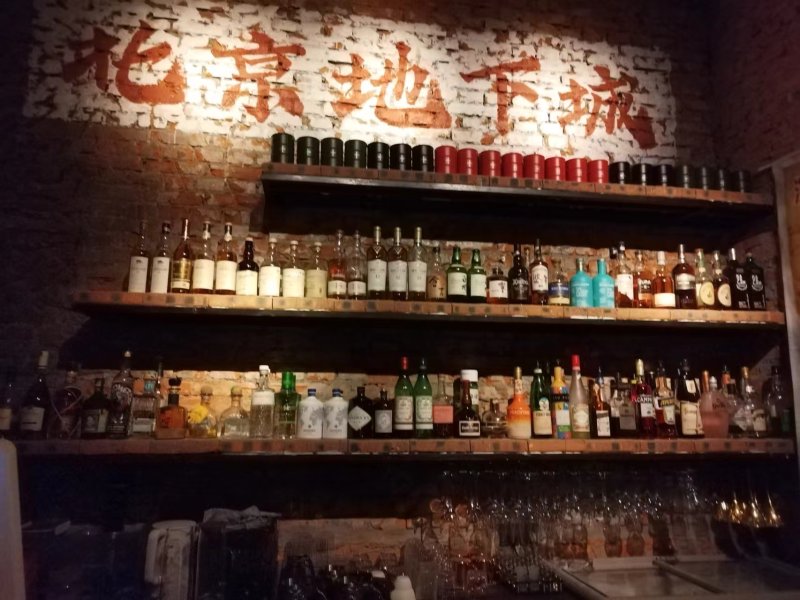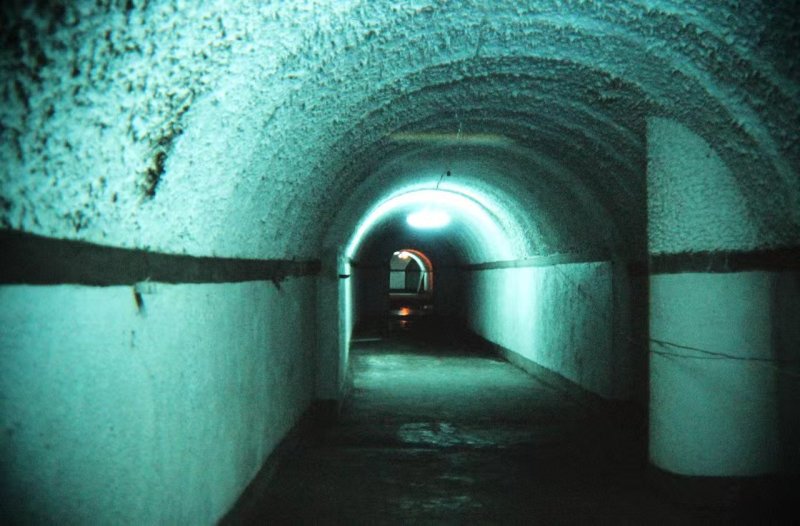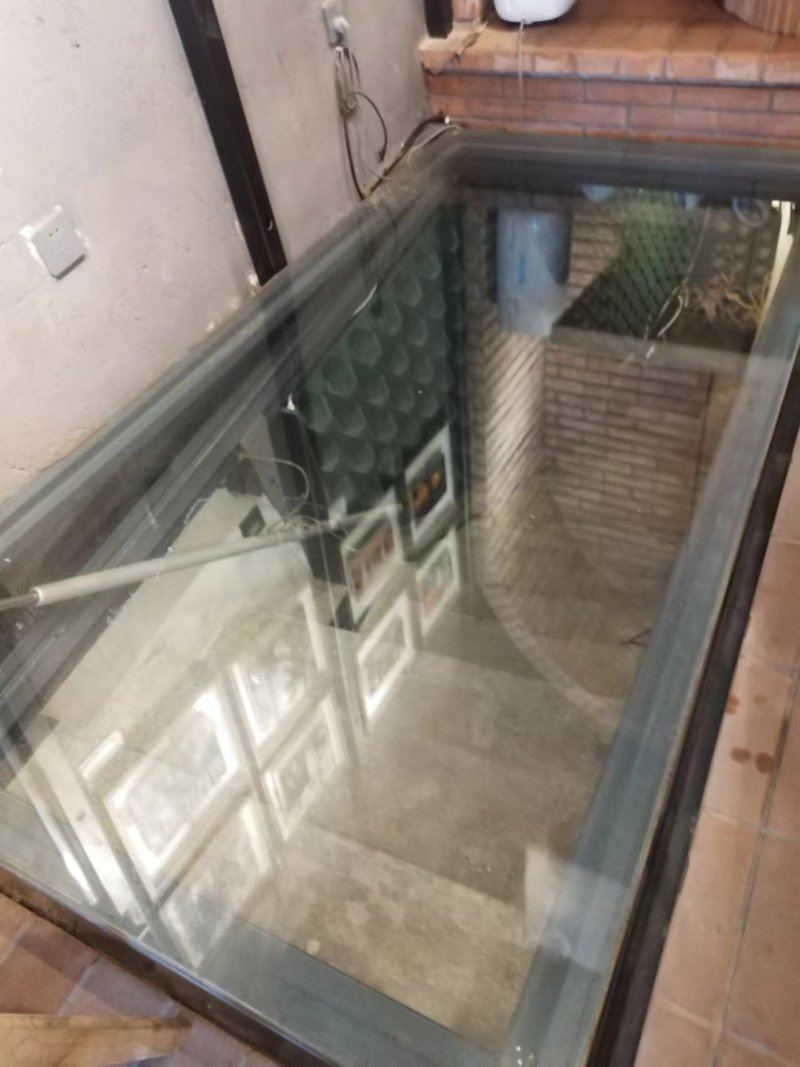Beneath Beijing: Searching for the Capital’s Underground City
The first thing I sense, walking into the cavernous underground bar, is the smell. It's musky and damp, something my lungs will get used to eventually down below the earth, even if it's for a brief time.

I’ve entered into Memory, a labyrinthine cocktail bar in the basement level of a lifestyle district in Tuanjiehu opened by the owners of another Beijing cocktail bar called Church, which takes inspiration, and claims to be but a small section of, the fabled Underground City.
Split between two bar areas, seats hide below vaulted brick ceilings, with a VIP area and, behind a massive concrete blast door, a longer hallway turned into a mock “shooting gallery” of sorts with toy guns and balloons to shoot down. It’s a step back into history, even the drinks invoke a sense of China’s past – with only the gangster rap playlist bringing one back to the present.

Construction began on what would become the Beijing Underground City, 北京地下城 Běijīng Dìxiàchéng in Chinese, in 1969. The undertaking was meant as a means to shelter the people in Beijing in case of air raids or nuclear attack. The Underground City was built by people from all walks of life in the capital, with a great many bricks from Beijing's city walls used to construct the network.
Known at the time as the "Underground Great Wall", it grew to span 1.2 million square meters in all, with passageways underneath Beijing connecting bomb shelters, living quarters, schools, hospitals, and even a cinema. All of this as a means to accomodate over 300,000 residents as they rode out the worst.

The City was also built in tandem with Subway Line 1, which was meant at the time as another defense mechanism; a means of evacuating city residents to Western Beijing in time of war. Western sections of the Underground City were also used more by the military, with some sections large enough to send trucks, tanks, and more below the surface.
The Underground City remained dormant, waiting for use in a time of war or attack, until China opened up in the 1980s. Today, there’s not much that remains of the labyrinth. Besides Memory, the only other monument to the city’s existence is the Underground City Museum not far from Dashilar.

This museum used to act as one of the entrances to the city for tourists, where they could explore and even buy trinkets below the earth. When searching for information on the Underground City online it's easy to come across old photos from past tours, which promised adventure and odd finds below Beijing’s surface.
Since the 2000s, any access to the City seems to have become nonexistent, barring sections and shelters repurposed for gray area residential use. And in most cases, you’d be right to not want to explore down there too much. Most of the tunnels and rooms have either flooded or become filled with garbage and mold, or are else closed off entirely for national security purposes.

This doesn’t mean there aren’t ways of exploring the Underground City, one of these ways being via wine tastings. Organized by Jacquelin of Ruchè Falanghina Wine Consulting, the tastings take place in a part of the City that was converted into a wine cellar and tasting space around five years ago.
"The temperature and humidity in these tunnels is perfect for wine to age and mellow," says Jacquelin of the hidden cellar. "It's interesting because at once its a part of Beijing's history, but its also something that's accidentally become the perfect place for wine."

That being said, while sections of the cellar are open to the public, one can't simply go wandering off to explore, with Jacquelin mentioning a door at the end of the tunnel connected to the bunker they use for tastings that is completely sealed.
Still if you'd like to experience at least a part of the Underground City, the events are by appointment only, but their future is uncertain, so you can contact Jacquelin for details (WeChat ID: JacquelinWinePimp). Besides the tastings, the only other spaces are the museum – where the entrance to the City is kept beneath a glass door – and Memory.

Back inside Memory, after we’ve wandered around a bit to take it all in, we take a seat at the bar. The menu is filled with signatures that take a page from the militaristic nature of the space and China’s past. There’s the March Forward Courageously, A Hail of Bullets, and the Impressive, My Country!
At once it’s a place paying homage to something built out of necessity, a past literally under our feet as we sip our beverages. Meanwhile, Coolio’s “Gangsters’ Paradise” plays in the background.
Memory 北京记忆
Ground Floor of Sunken Plaza, Tuanjiehu Xinli, 10 Tuanjiehu Dongli
朝阳区团结湖东里10号团结湖新里下沉广场1层(货梯西侧)
Hours: Daily, 6pm-2am
Contact: 185 1594 6991
Underground City Museum 北京地下城博物馆
110 Xixinglong Jie, Dongcheng District
东城区西兴隆110号
Hours: Daily, 10am-noon; 1-5pm
Contact: 189 0455 5265
READ: Visit Here: The Beijing Planning Exhibition Hall
Images: Vincent R. Vinci, Wikimedia Commons, Ruchè Falanghina Wine Consulting







